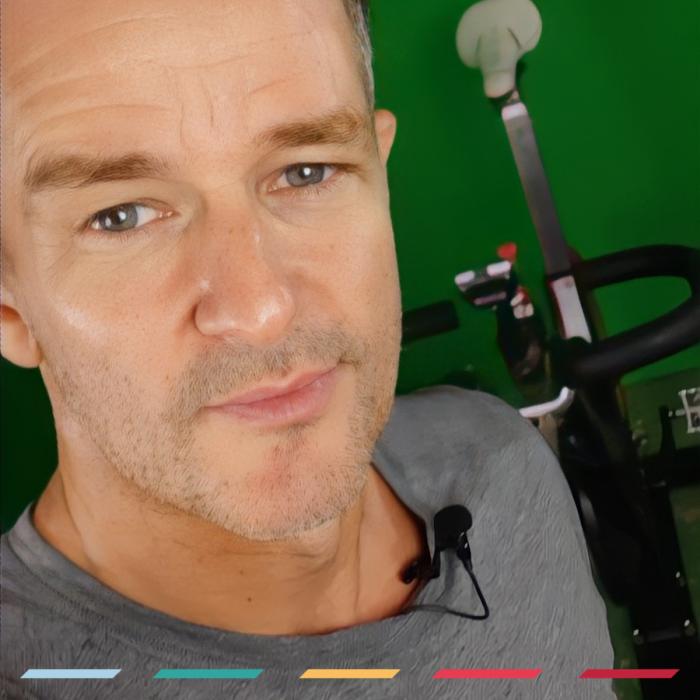When starting on a keto diet we need to be able to monitor the levels of Ketones in your body. The point of the keto diet is to get your body into nutritional ketosis, which is a state in which you don’t have enough carbs available and your body switches to primarily burning fats. How do you know you’re in ketosis? It can be tricky to be sure as a keto beginner. That’s why it can help to measure your ketone levels.
Burning fat for energy produces ketones and that’s the fuel that goes into your muscles and brain and keeps you going.
There are several ways to do it. You can measure it in urine, which is the cheapest option but least reliable. The most accurate measurement is from your blood, but it can get expensive buying a kit for that. There are also some breath analysers that can be quite accurate. Check out available options and make a decision based on your budget.
Measuring your ketones after meals can give you a lot of great info. You can find out how many carbs you can have on training days without going out of ketosis compared to rest days. You can test whether the typical 50 g daily limit works for you or if it needs adjusting. Some athletes can stay in ketosis even with 150g of carbs per day.
Keto is an interesting diet because it doesn’t restrict any specific foods. It only gives you one goal – get into ketosis.
You can easily use your own fat stores to fuel a shorter ride on the keto diet. Your body gets very good at burning fat for energy, but if you do long rides or rides that require a bit more intensity you should think about external fuel.
The pre-ride meal should consist of some good fats and protein, there’s no need for carbs. It’s just important to get some calories in your body. The lack of carbs will help your body quickly ramp up fat burning as you start pedalling. Once you’ve been riding for 30-60 minutes, you can start adding some carbs, but you won’t need those 80-90g per hour like on a typical high carb diet, you will see that around 40g per hour is plenty as your body gets a lot more calories from fat.
Low-carb diets are rising in popularity and it’s probably because of their ability to help with weight loss. However, as with any dietary approach, it can be done right or it can be done wrong. It’s good to start the keto diet with at least a few weeks of consistent keto eating, that way your body can quickly adapt and you can iron out the kinks and get used to your new routine, which is why it’s important to start this experiment in the off-season. Focus on steady state riding for your first keto month. Adjust carbs the following month as you get back to your usual training schedule and add intensity. When the season and time for cycling adventures and fun group rides comes, you will be well-adapted and ready.
If you really get interested in the whole keto topic, you might want to consider ketone supplements. They are the same thing that your body makes from fat on the keto diet. You can just drink them, similarly to a sugary drink, they are an external source of energy on long endurance rides.
Ketone supplements can be useful because they can suppress appetite, they can help you stick to a calorie deficit while training and they are also prised for their anti-catabolic properties, which means they help your body protect muscle and prevent protein breakdown, even if you’re training in a calorie deficit. The pros at the Tour seem to be using them already across the board.
Some people experience symptoms similar to a flu in the first few days or weeks after going keto, which is typically a result of the body switching from burning mostly carbs to mostly fat. This in turn results in a change to the body’s balance of fluids and minerals with the symptoms possibly being similar to fatigue, headache, irritability, difficulty focusing, dizziness, or muscle cramps.
If you experience these symptoms, don’t worry they will pass, but you can try to minimise or prevent them by replenishing fluids and salt. I found that by supplementing my diet with snacks such as salted almonds, my salt levels remained good and the effects of the ‘Keto Flu’ were minimised or even rendered non-existent. I also found that my rides were improved dramatically by drinking a 500ml 50/50 mix of water to pure orange juice with a half teaspoon of salt stirred into it. This was a massive breakthrough for me in fuelling my rides, not only due to it satisfying my thirst, but I also found my need to take a leak during rides almost disappeared. I could drink a litre of this solution and not have to stop, whereas a litre of water somehow stimulated the need to relieve myself of every drop at some point during the ride, which is extremely annoying not only to me but also my ride buddies who got increasingly less willing to stop with me, meaning I had a 15 minute sprint to catch them up after every stop… a general increase in your fluid intake overall to roughly 2,5 litres of water per day in the first days of keto is a good idea.
To this day, even though I don’t race competitively anymore, I still implement elements of keto every day to stay in relatively good shape. I am back up to my 80 kg pre Spain weight, but I know that when needed I can find my keto levels and drop that 5kg quite easily to allow me to ride a longer ride or simply get in shape for a holiday. However, I have to admit that I love my food and I love to cook for my family, so constant restriction to maintain ketosis is difficult, however the knowledge of how ketosis works and being able to dip in and out when required is a source of comfort and means I never stress too much about a little belly fat when it appears.
Now if you’re ready to give keto a proper try, you can use it tactically- when you need it, or go for that lifestyle completely if it works for you. But, if it doesn’t allow you to enjoy cycling the way you want, don’t hesitate to change and find a better suited diet.




